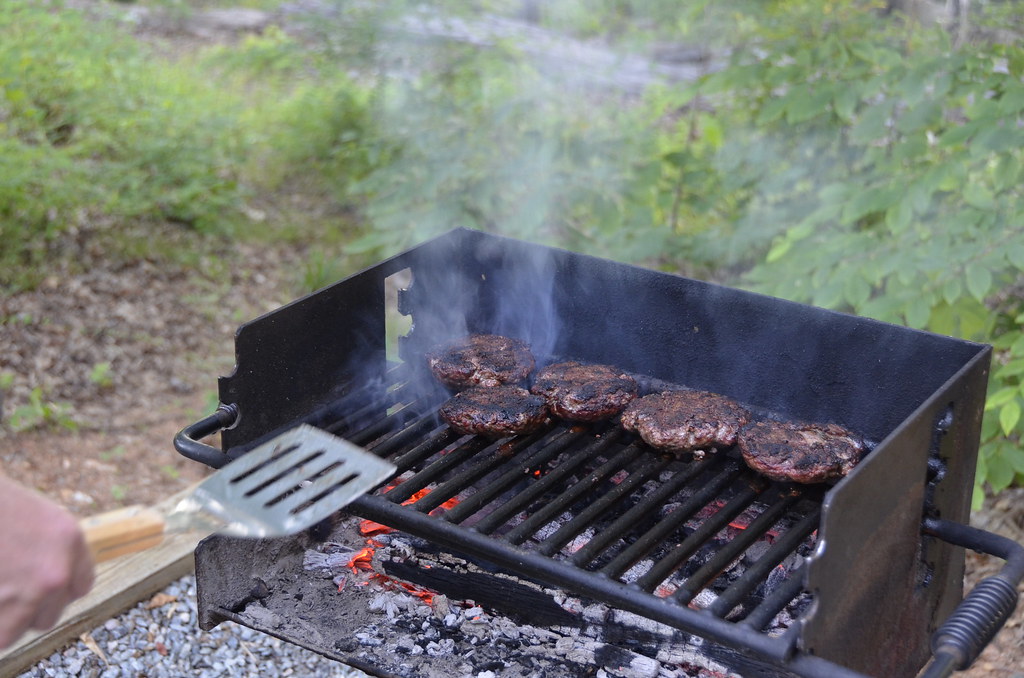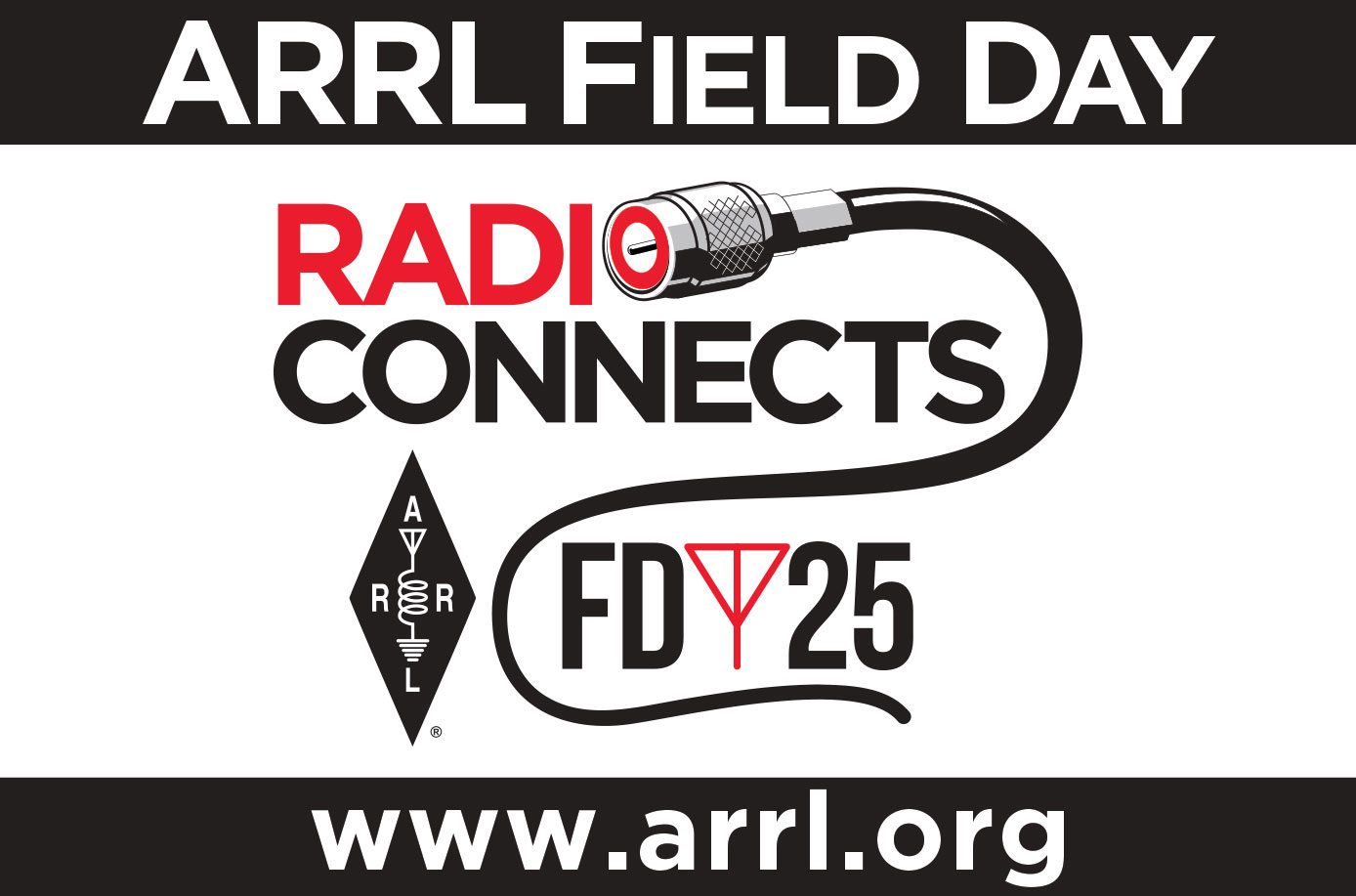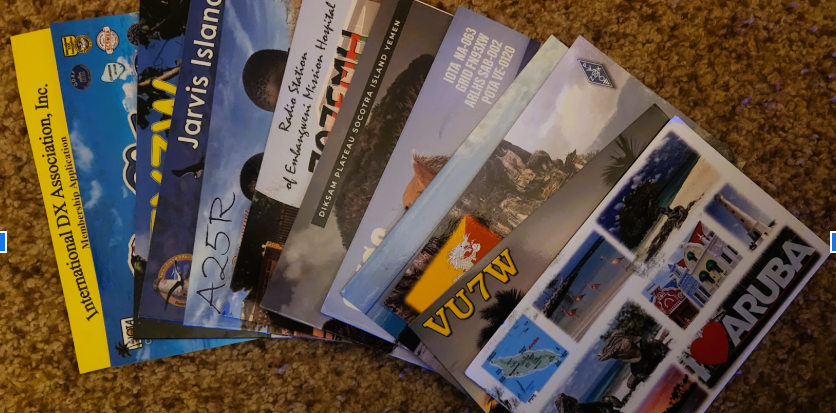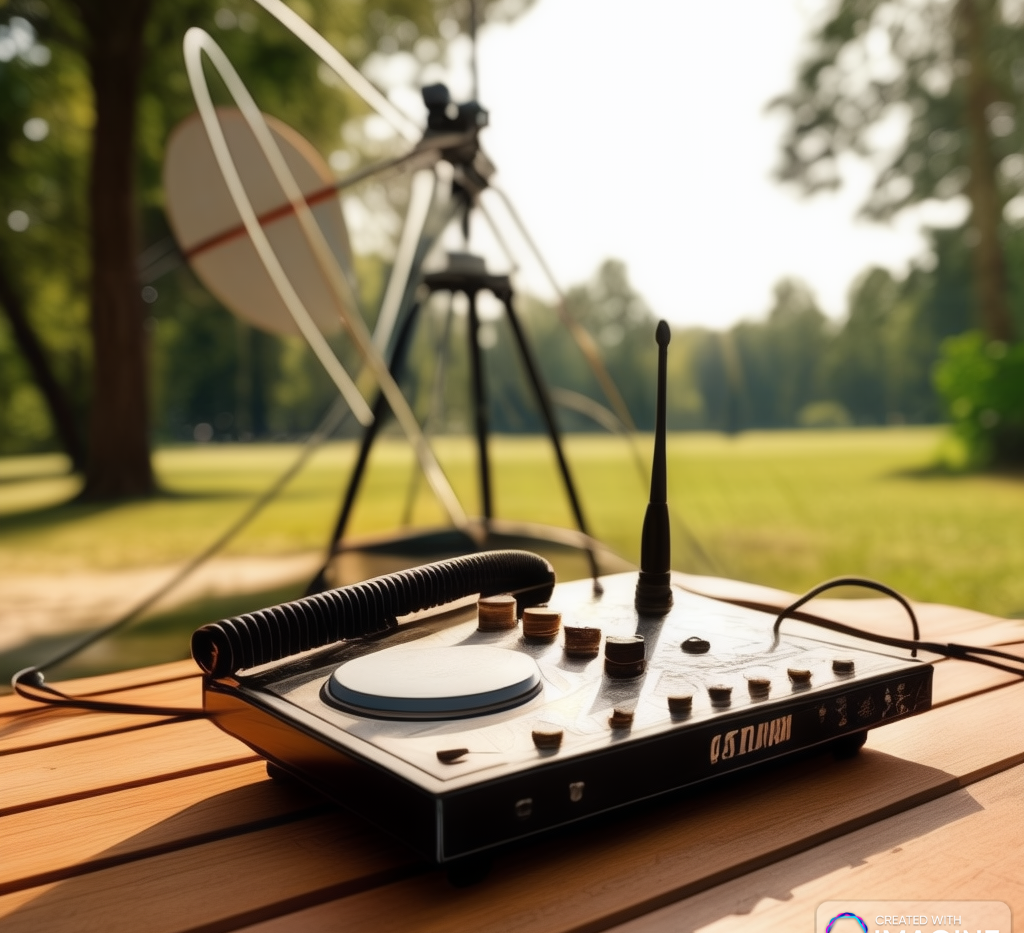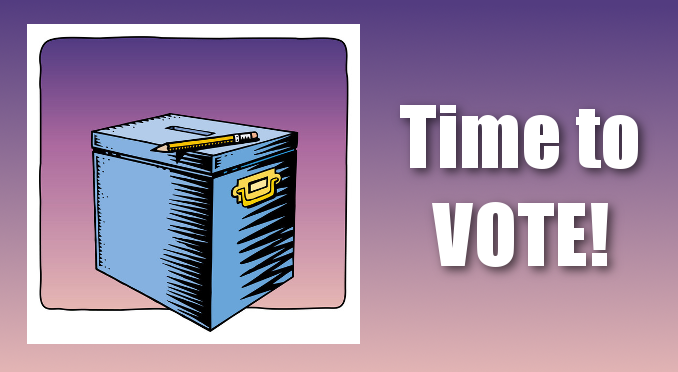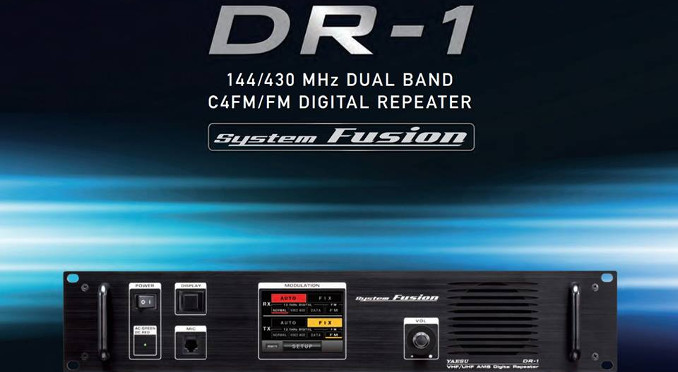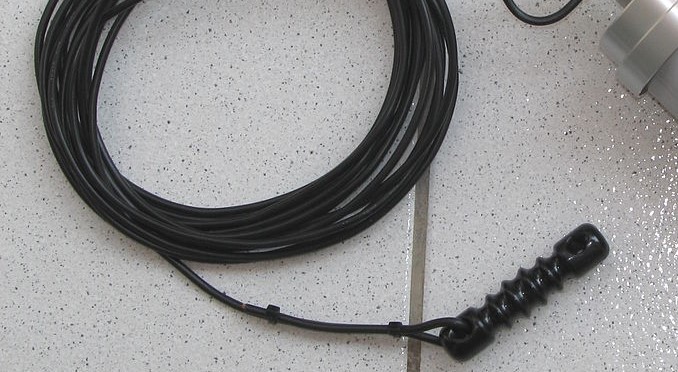Orienting In the Field
Homepage › Forums › Technical Discussions › Orienting In the Field
- This topic has 0 replies, 1 voice, and was last updated 9 years, 7 months ago by
 Raleigh D. Stout.
Raleigh D. Stout.
-
AuthorPosts
-
-
November 30, 2015 at 8:38 am #1068
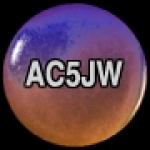 Raleigh D. StoutParticipant
Raleigh D. StoutParticipantSome have GPS units, while others have the magnetic compass. Still others have paper maps or smart phones running applications for orienting. And let us not forget the Internet and the many mapping and orienting resources there.
In our hobby of amateur radio, we can be called upon to do many things or to at least start something now when a new event happens. Maybe you hear a rare DX station and so you move to line up your directional aerial on it to make a contact. Or maybe you are in the field when something happens that makes you concerned about making important radio contact when you only have a radio and little other means to resolve directions and positions.
I was thinking about Field Day and how it offers a learning opportunity to hams of all skill levels to practice operating in the field under emergency power conditions, which led me to think about what other emergency or exigent conditions radio amateurs could find themselves in, such as reduced information and a reduced ability to orient in the field. What do you do when a motley crew of hams with varying skills and equipment available encounter a need to communicate by radio that requires them to orient as a team in the field with only their knowledge of the local area and the gear they bring with them?
Amateur radio operators are communicators first, and ham radio is just one tool among many, such as FRS, GMRS, telephone, even smoke signals. So to apply the available tools in an unfamiliar area could be a challenge that reduces us to some basic knowledge that we can apply anywhere in order to make the necessary contacts. Thankfully, our unfamiliarity in such situations is overcome somewhat by practical exercises in contests, operating from a home QTH, improving a station over time, and even more ways that go beyond Field Day operating.
One thing I learned about orienting in general is that our knowledge of locations and relative locations helps to overcome unnecessary delays in taking action, oftentimes on radio. Our familiarity and learning about our local area actually speeds up the help we are trying to give in a communication situation, even when it means knowing to call 911 on a telephone instead of calling on a little used frequency to get first responders.
Another important thing I learned about familiarity with orienting is that it aid in improving, making, and sustaining radio contact in a reliable, repeatable way. It can even be used to determine where is the closest source of help in emergencies to speed a response, and even be useful in identifying alternate communication pathways when an obvious one is made unavailable.
To me, scratching the surface on the topic of orienting over many years has given me a good peek at the opportunities to apply the information in service to amateur radio and to a broader community.
Some helpful methods of orienting that I learned about and apply in ham radio include the use of several means to orient directional devices and antennas when there may be only a magnetic compass or less available. These means include the use of solar noon and shadows to project true north and true south, the usage of magnetic declination to resolve directional differences between maps and magnetic directional equipment, like the common compass, and even the use of a known structural declination to have a permanent, quick reference to resolve true direction that we can use to orient from and to calibrate our directional communications gear.
I feel that the above ideas for gaining skill with orienting apart from our easy tech solutions would be a great learning and skill building opportunity for any new ham coming into the hobby, as well as more experienced hams who seek solutions in the field when gear is limited but communications must get through anyway. I can say that my exposure to these navigation and orienting methods has forced me to think “outside the box” in solving directional problems, while keeping the experience fun and interesting for me to stay with it.
I would be interested in hearing from anyone who would like to share about the kinds of typical directional and orientation problems they encounter in our hobby of ham radio, and what successes they have in solving them. I do not own a GPS device, so my familiarity with them is limited. Any insight from the GARA community would be helpful and welcome.
-
This topic was modified 9 years, 7 months ago by
 Raleigh D. Stout. Reason: I hate spelling errors caught too late
Raleigh D. Stout. Reason: I hate spelling errors caught too late
-
This topic was modified 9 years, 7 months ago by
-
-
AuthorPosts
- You must be logged in to reply to this topic.

